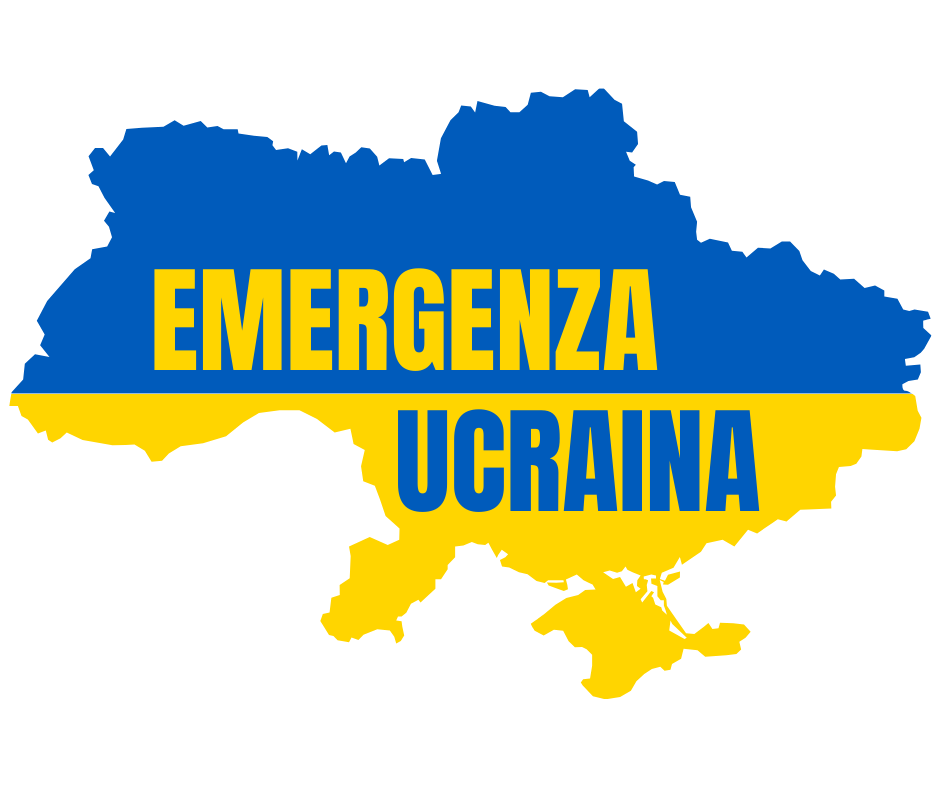Betting Odds vs Probabilities 9

Betting Odds vs Probabilities
The world of gambling is easily overwhelmed by the myriad of betting terms, odds, and strategies. One of the most critical distinctions to comprehend is the difference between betting odds and probabilities. Understanding these can significantly enhance your approach, making your betting experience not only more enjoyable but also more potentially profitable. In this article, we’ll delve into what these concepts mean, how they are calculated, and how to use them to your advantage. Additionally, if you’re exploring options in online casinos, you might want to check out Betting Odds vs Probabilities glory casino withdrawal for managing your winnings.
What Are Betting Odds?
Betting odds represent the bookmaker’s perspective on the outcome of a sporting event or other wager. They indicate how much you can win relative to your stake if you successfully predict the outcome. Odds can be presented in different formats, the most common being fractional, decimal, and moneyline.
Types of Betting Odds
- Fractional Odds: Commonly used in the UK, fractional odds show the profit relative to the stake. For instance, odds of 5/1 mean you win $5 for every $1 wagered.
- Decimal Odds: Popular in Europe, these odds are straightforward as they represent the total payout (stake + profit) for every unit wagered. For example, odds of 6.0 mean if you bet $1, you will receive $6 back (your stake plus $5 profit).
- Moneyline Odds: Predominantly used in the US, these odds indicate profit relative to a $100 stake. A positive moneyline (e.g., +200) shows how much profit you would make from a $100 bet, while a negative moneyline (e.g., -150) indicates how much you need to stake to make a $100 profit.
Understanding Probabilities
Probabilities, on the other hand, represent the likelihood of a particular outcome occurring. It’s a mathematical expression that can be defined as a fraction, decimal, or percentage. For example, a probability of 0.25, or 25%, means there is a 1 in 4 chance of the event happening.
Converting Odds to Probability

Betting odds can be converted into implied probabilities, which reveal the bookmaker’s perspective on the likelihood of various outcomes. To do this, one can use a simple formula, which differs based on the odds format.
For Fractional Odds:
To convert fractional odds to probability, use the formula: Probability = Denominator / (Numerator + Denominator). For example, odds of 5/1 translate to a probability of 1 / (5 + 1) = 0.1667, or 16.67%.
For Decimal Odds:
The conversion formula is Probability = 1 / Decimal Odds. So, for odds of 6.0, the probability would be 1 / 6.0 = 0.1667, or 16.67%.
For Moneyline Odds:
For positive moneyline odds: Probability = 100 / (Moneyline Odds + 100). For negative moneyline odds: Probability = -Moneyline Odds / (-Moneyline Odds + 100).
The Relationship Between Betting Odds and Probabilities
Betting odds and implied probabilities are intrinsically linked but not synonymous. While odds reflect the bookmaker’s assessment of a particular event’s outcome, probabilities provide a mathematical estimate of how likely that outcome is. Recognizing disparities between these can be a valuable tool in determining whether a bet represents good value.
Identifying Value Bets

A value bet occurs when the probability of an outcome happening is greater than what the odds imply. For instance, if a team has a 30% chance of winning (probability of 0.30) but the odds reflect only a 20% chance (implied probability of 0.20), that wager could be seen as having positive expected value, and hence, may be worth pursuing.
Common Misconceptions
Many newcomers to betting mistakenly equate odds with the actual probability of an event occurring. It’s important to remember that bookmakers often adjust odds to ensure profitability over time, incorporating margins and opinion rather than strict mathematical probabilities.
Betting Strategies Incorporating Odds and Probabilities
To create a successful betting strategy, incorporating a deep understanding of both odds and probabilities is crucial. Here are a few strategies that leverage this knowledge:
- Arbitrage Betting: This strategy takes advantage of differing odds for the same event across various bookmakers to guarantee a profit regardless of the outcome.
- Statistical Analysis: Use historical data and statistical models to estimate true probabilities of outcomes, allowing you to identify discrepancies with bookmakers’ odds.
- Bankroll Management: Employ methods like the Kelly Criterion to optimize bet sizing based on perceived value relative to your bankroll.
Conclusion
Understanding betting odds versus probabilities is essential for anyone looking to enhance their betting experience. By grasping these concepts, punters can make informed decisions, identify value bets, and ultimately become more successful in their wagering strategies. As you refine your skills in calculating probabilities and analyzing odds, remember that continuous learning and adaptation to the betting landscape are vital components of long-term success.
In summary, becoming a more knowledgeable bettor paves the way for better decision-making and potentially greater profits. Equip yourself with these core concepts, and enjoy the thrilling world of betting!






















